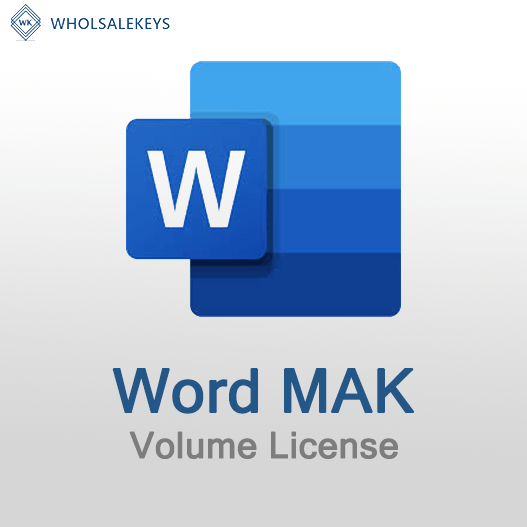Efficiently managing and activating Windows operating systems in a large organization can be a challenging task. Multiple Activation Key (MAK) Proxy Activation is a method that can simplify and streamline the process. In this guide, we’ll explore what MAK Proxy Activation is, its benefits, and how to implement it for efficient Windows activation in organizations.
Understanding MAK Proxy Activation
MAK Proxy Activation is a technique used to activate multiple computers within an organization using a single centralized server. Rather than activating each computer individually with its MAK key, MAK Proxy Activation allows you to activate multiple computers by routing their activation requests through a central server. This simplifies the activation process and provides better control and oversight.
Key Benefits of MAK Proxy Activation
Efficiency
Activating multiple computers simultaneously or in batches is far more efficient than activating them individually, saving time and resources.
Control
Centralized control over the activation process ensures that activation is carried out consistently and according to the organization’s licensing agreements.
Monitoring and Reporting
MAK Proxy Activation enables monitoring and reporting, making it easier to track activation status and maintain compliance.
Scalability
As organizations grow or add new devices, MAK Proxy Activation scales to meet the activation needs without significant additional effort.
Implementing MAK Proxy Activation
Set Up a MAK Proxy Activation Server
Designate a server to act as the MAK Proxy Activation server. It should have a MAK key and be accessible by all the client machines.
Configure Client Machines
On each client machine, you need to configure the MAK Proxy Activation settings to point to the MAK Proxy Activation server.
This configuration can typically be done using Group Policy or by directly editing registry settings.
Initiate Activation Requests
Client machines will send activation requests to the MAK Proxy Activation server, which will forward these requests to Microsoft’s activation servers for validation
Monitoring and Reporting
You can monitor the activation status on the MAK Proxy Activation server, which provides insights into which machines are activated and any activation issues.
Best Practices for MAK Proxy Activation
Regular Maintenance
Periodically review and update MAK Proxy Activation settings to accommodate changes in your organization’s infrastructure.
Documentation
Maintain clear and organized documentation of MAK keys, activation processes, and any issues encountered.
Security
Ensure the security of the MAK Proxy Activation server and the communication between client machines and the server.
Compliance Checks
Regularly verify that the MAK Proxy Activation method aligns with your organization’s licensing agreements and remains compliant.
MAK Proxy Activation and KMS
It’s important to note that MAK Proxy Activation is different from Key Management Service (KMS) activation. KMS is another method for activating Windows in organizations, but it requires a KMS server and is primarily used for large-scale deployments. The choice between MAK Proxy Activation and KMS activation depends on your organization’s specific needs and infrastructure.
In conclusion, MAK Proxy Activation is a valuable method for efficiently managing Windows activation in organizations. By understanding its benefits and implementation steps, organizations can simplify the activation process, maintain control, and ensure compliance with licensing agreements.
Recent posts

Common Misconceptions About MAK Licensing
Clarify misconceptions surrounding Multiple Activation Key (MAK) licensing with expert insights and accurate information.

Auditing MAK Key Usage: Best Practices
Learn effective methods and best practices for auditing Multiple Activation Key (MAK) usage to maintain licensing compliance.

Tips for Smooth MAK Activation in Remote Locations
Learn how to ensure hassle-free Multiple Activation Key (MAK) activation in remote locations with these essential tips.











